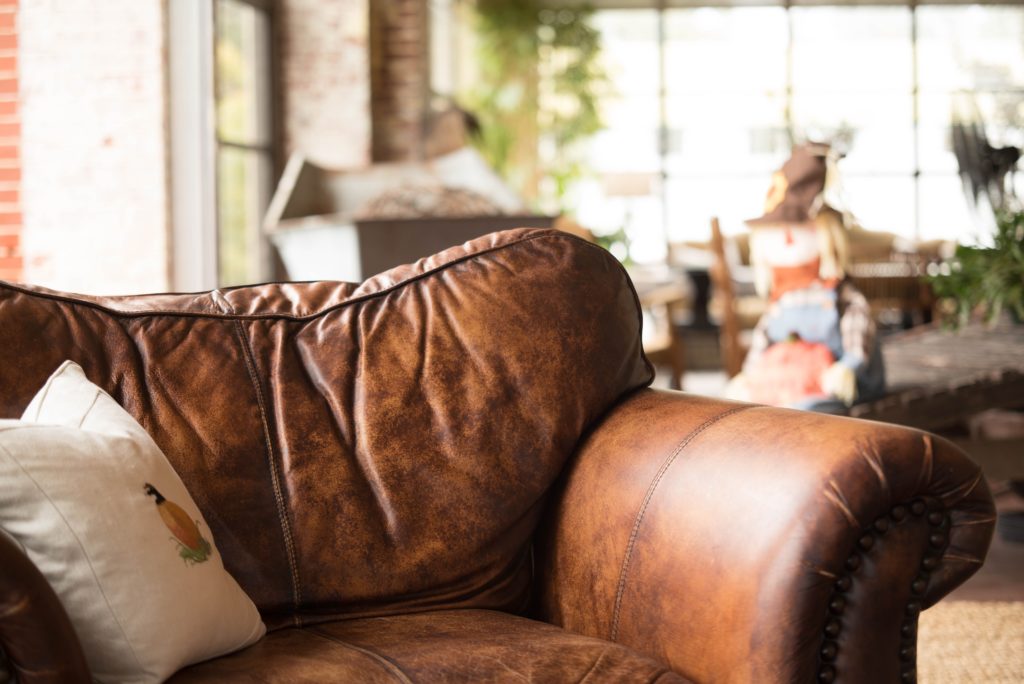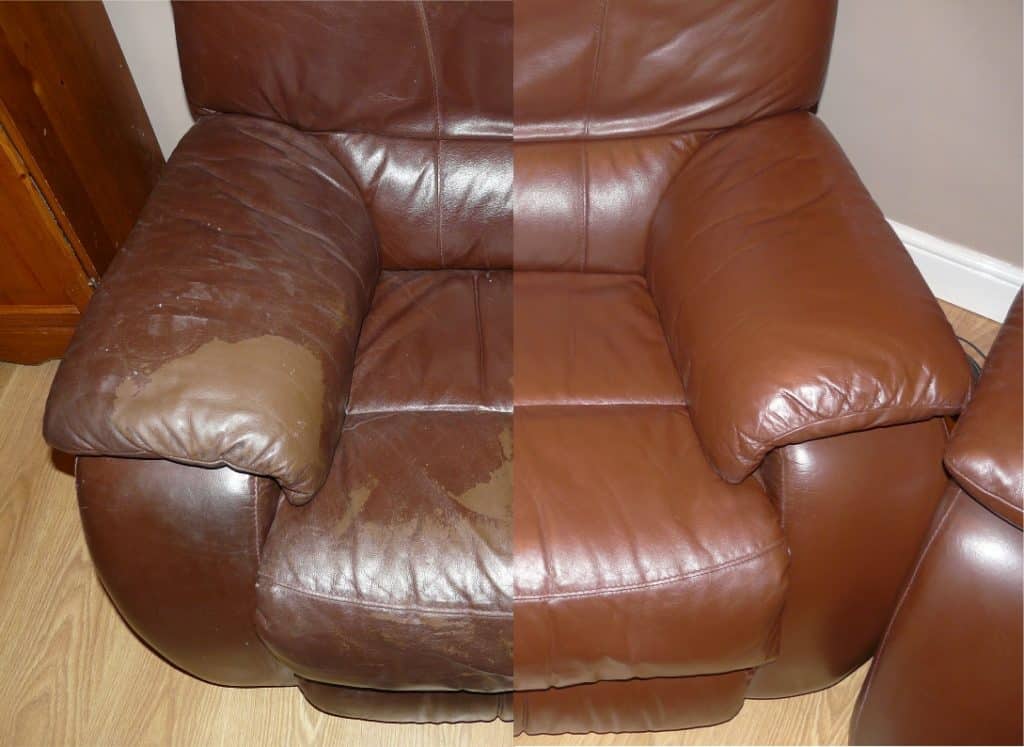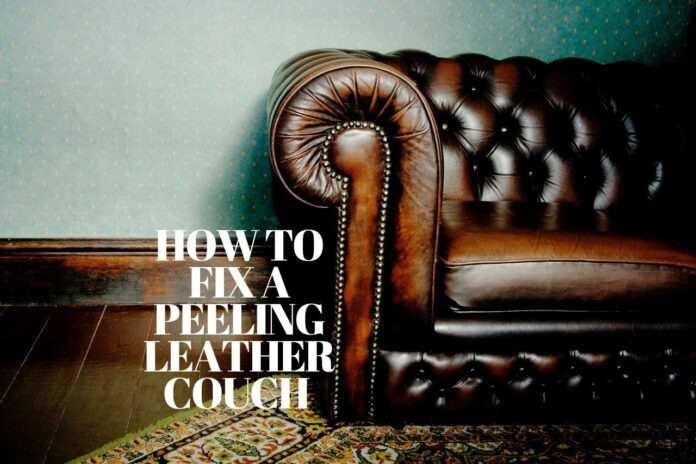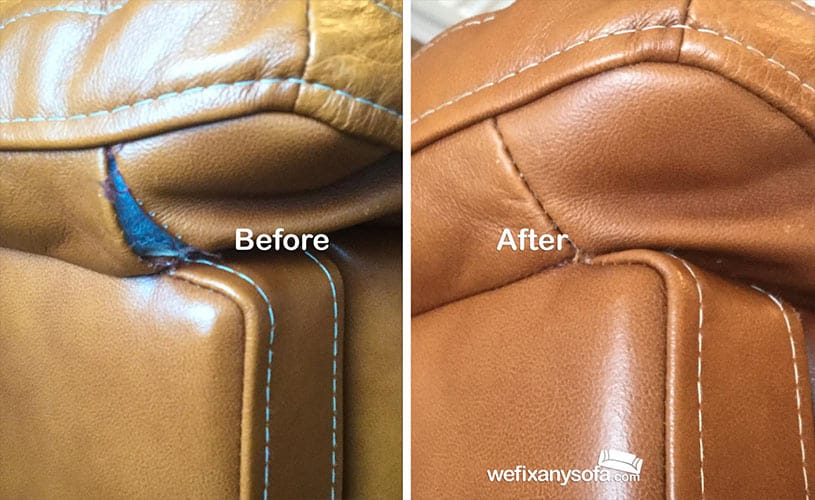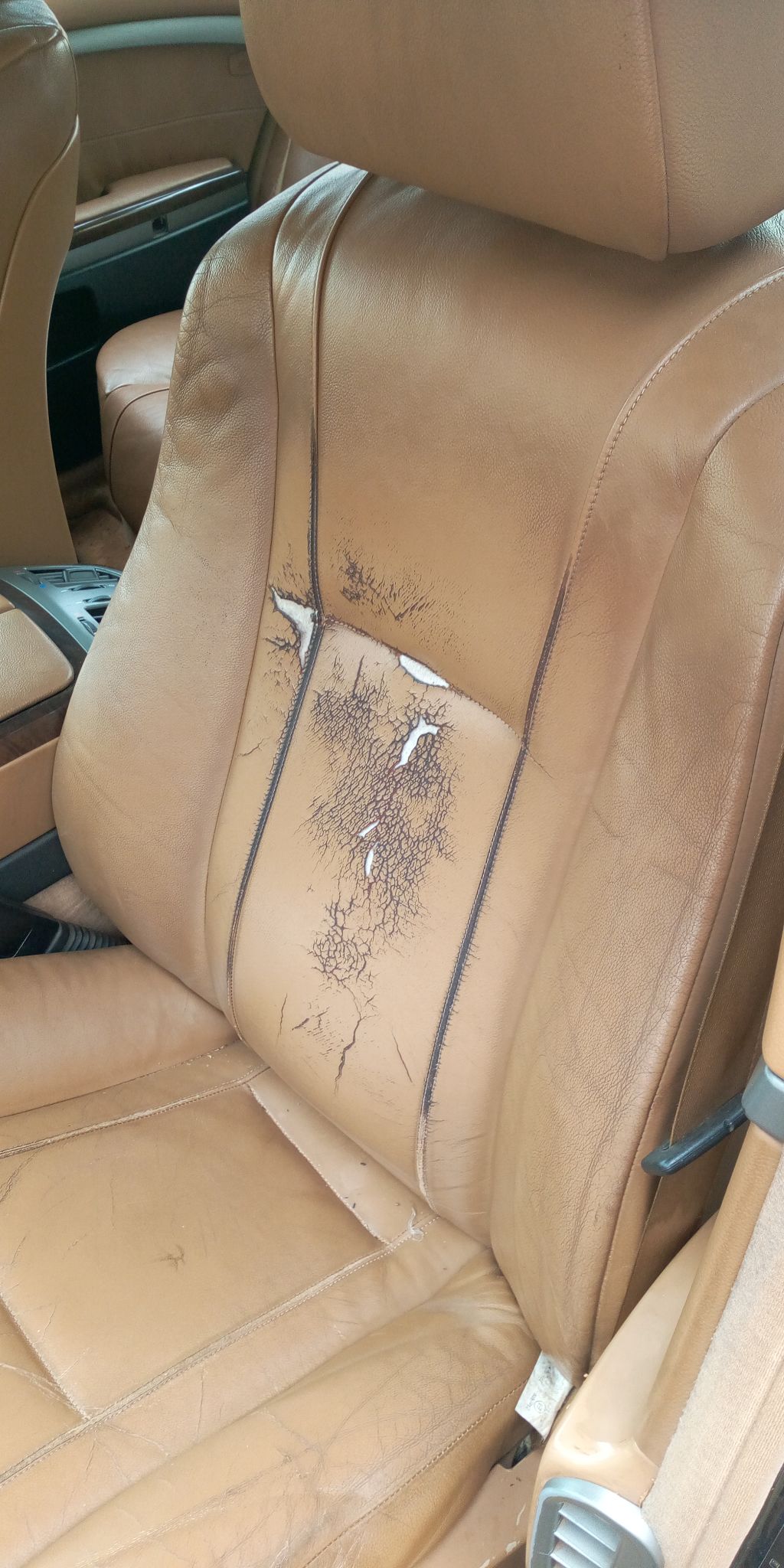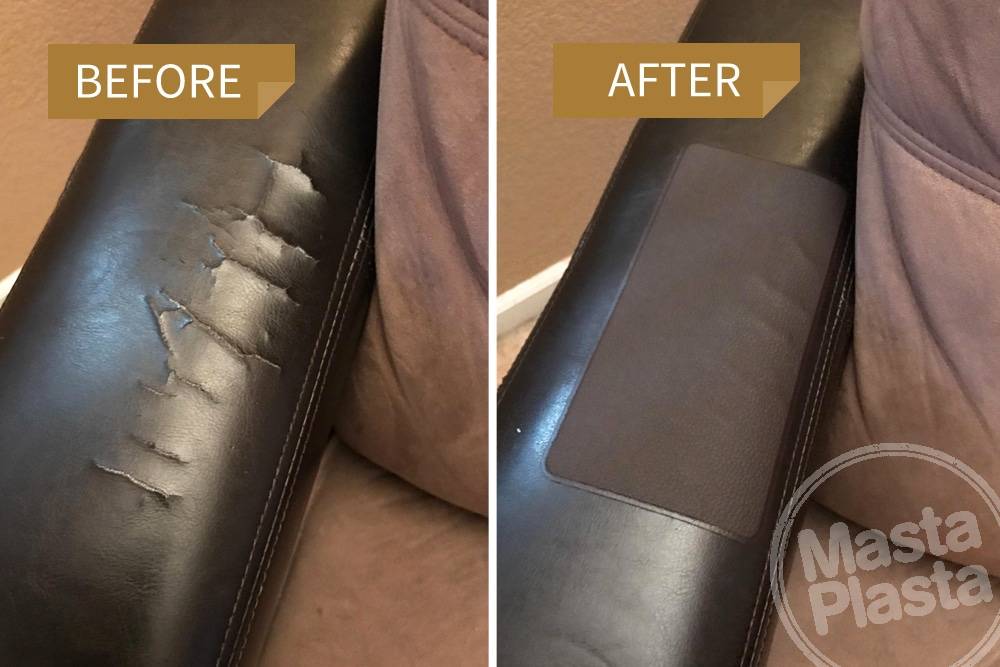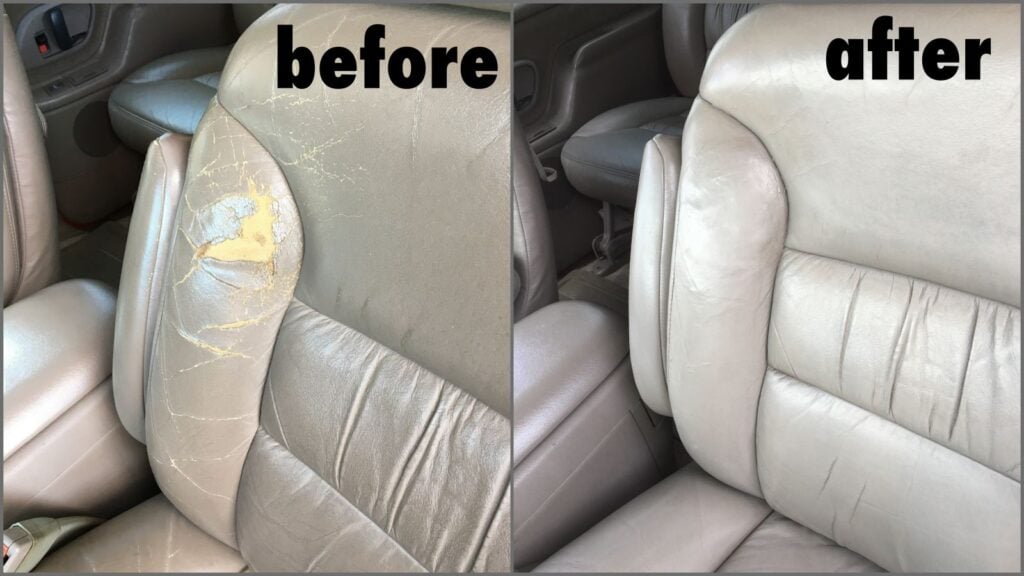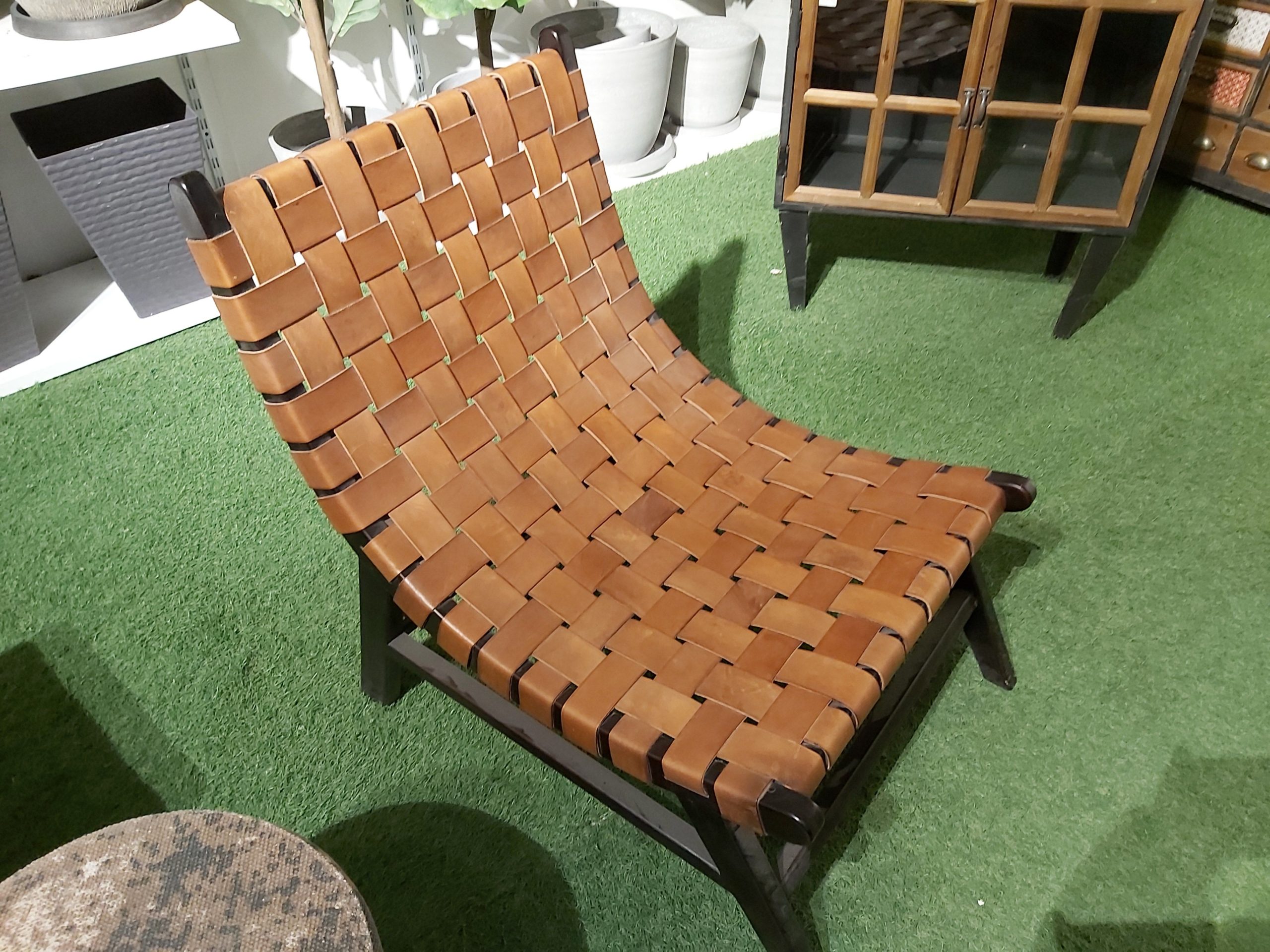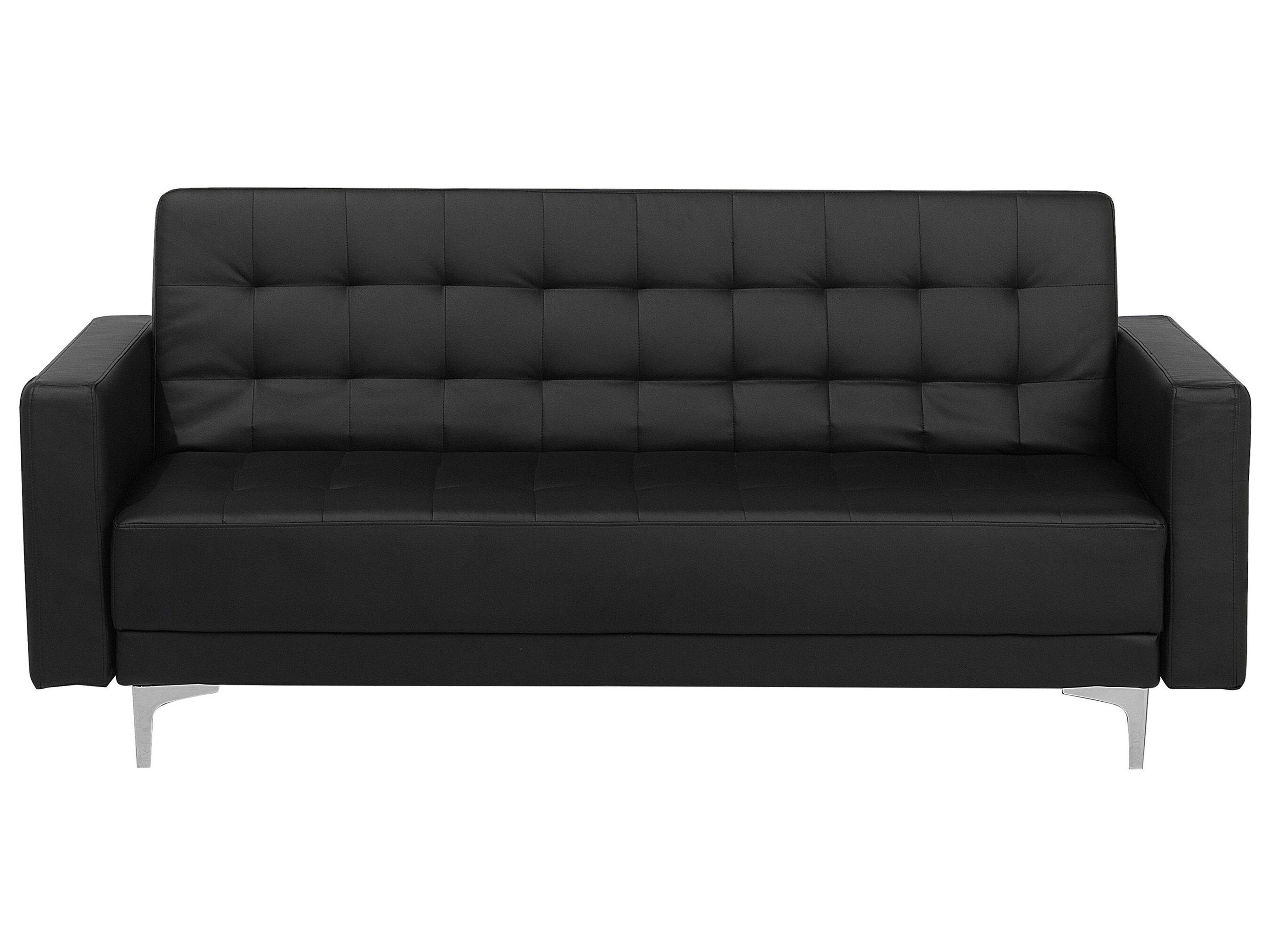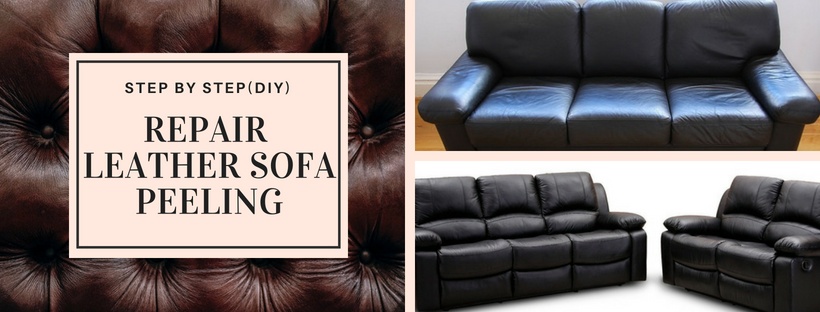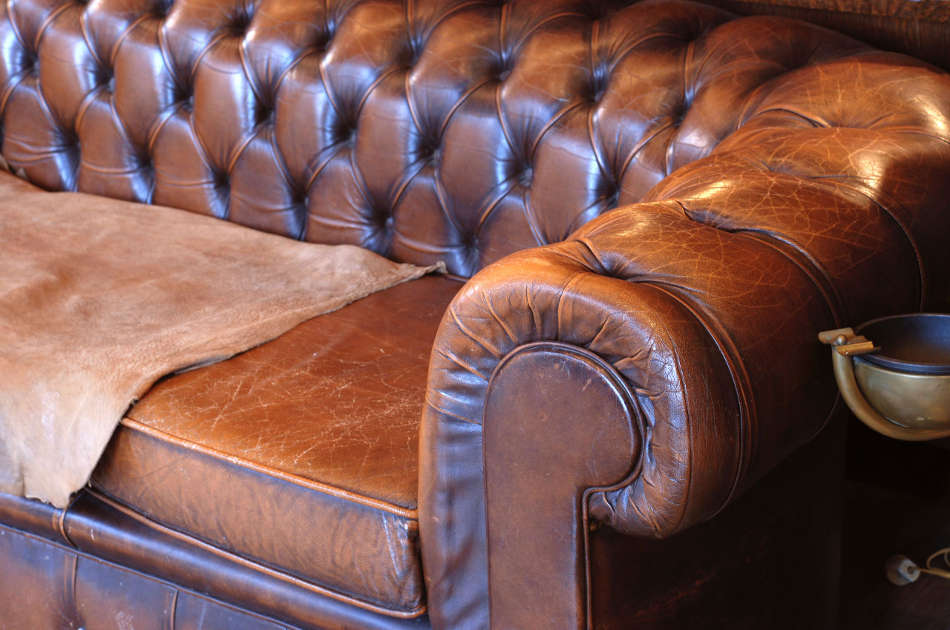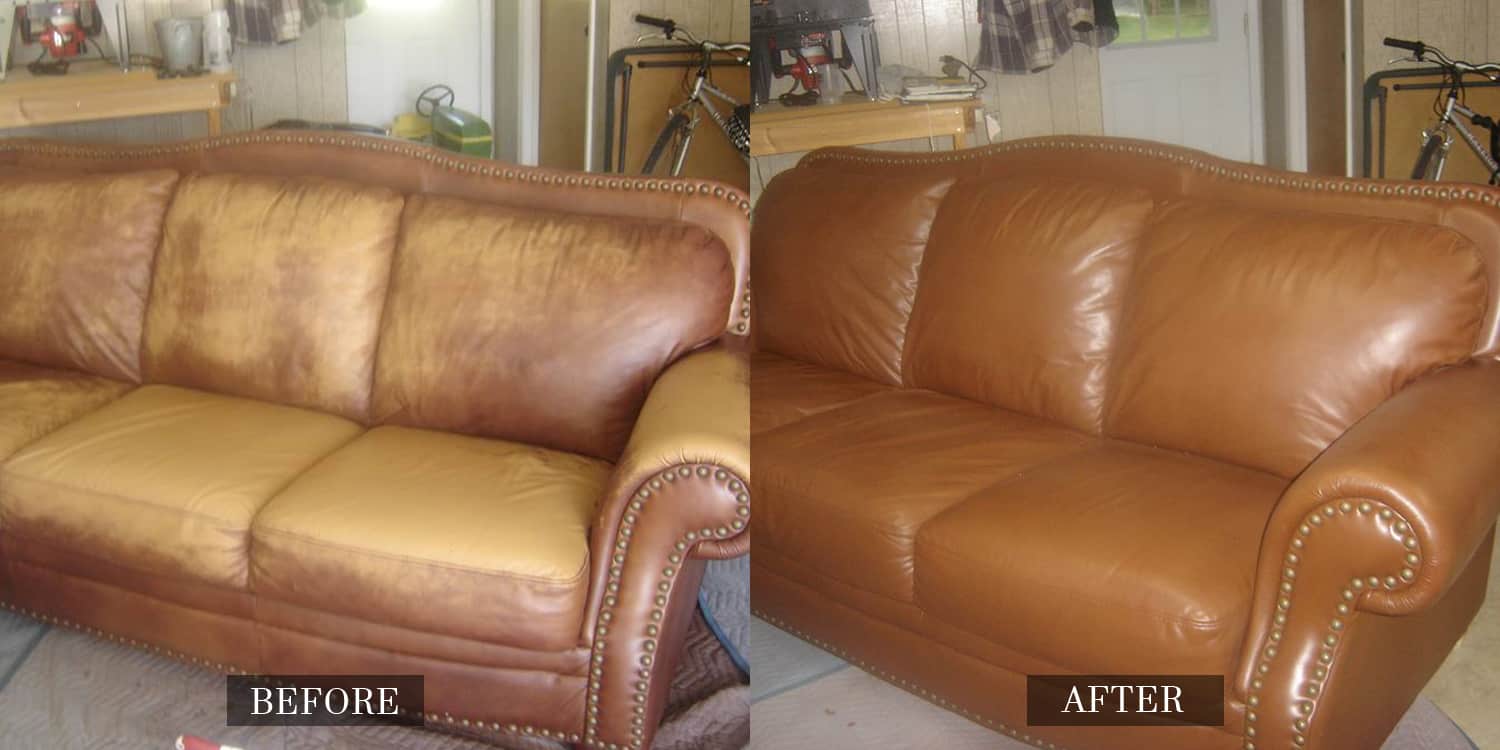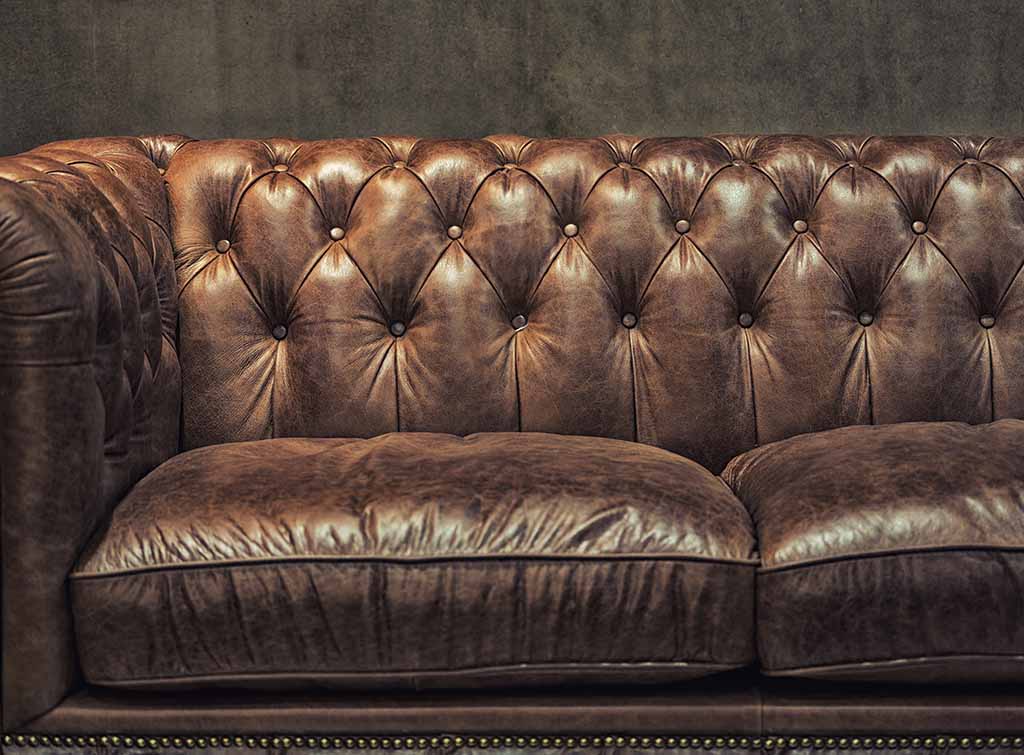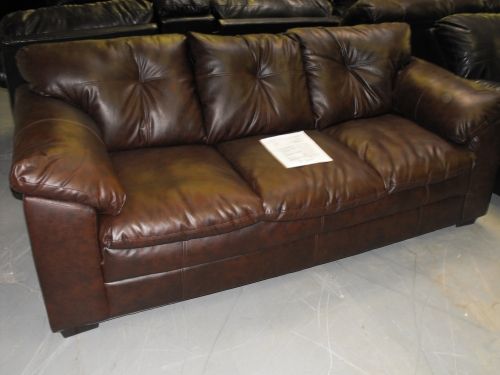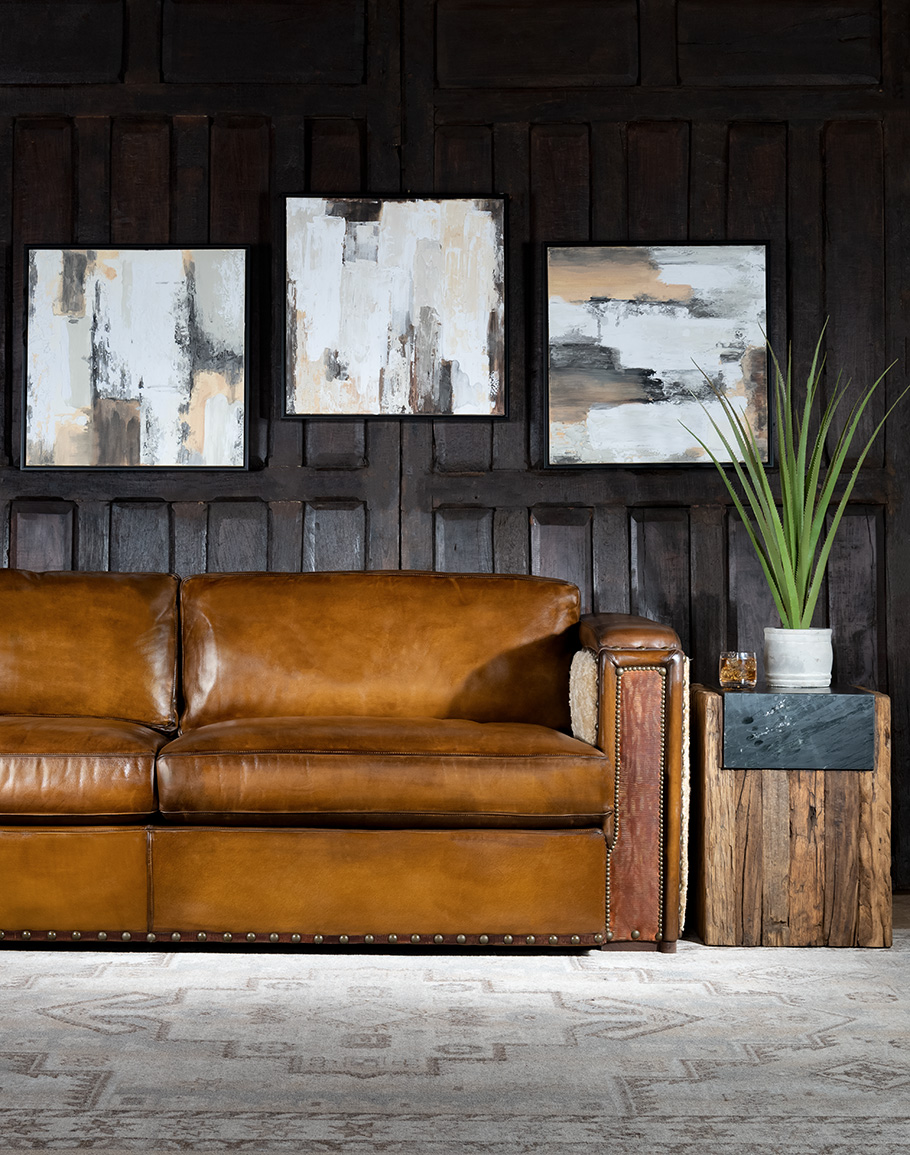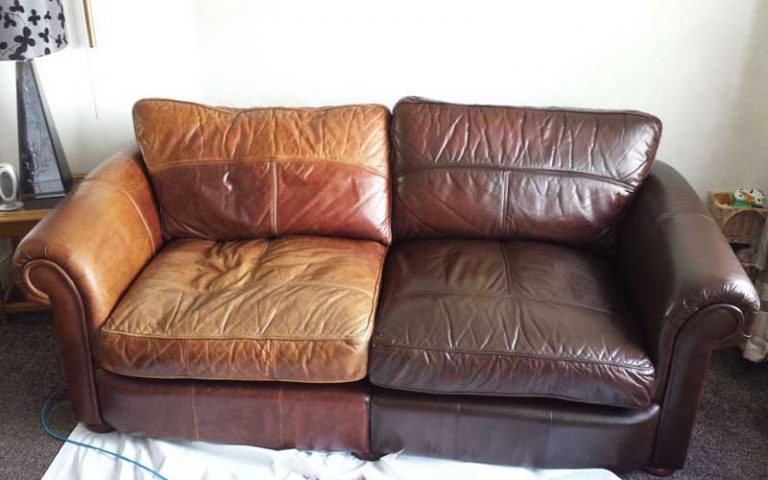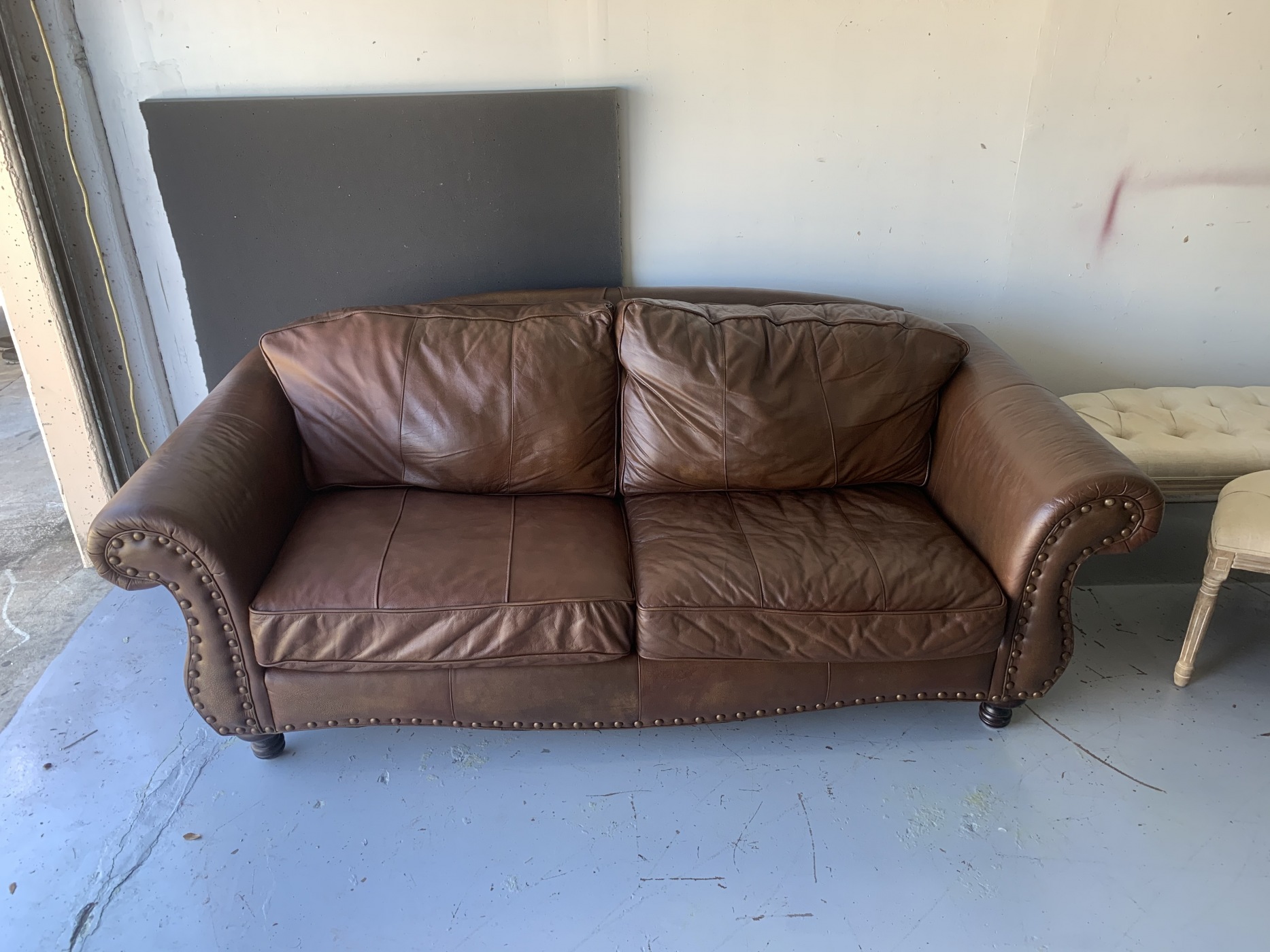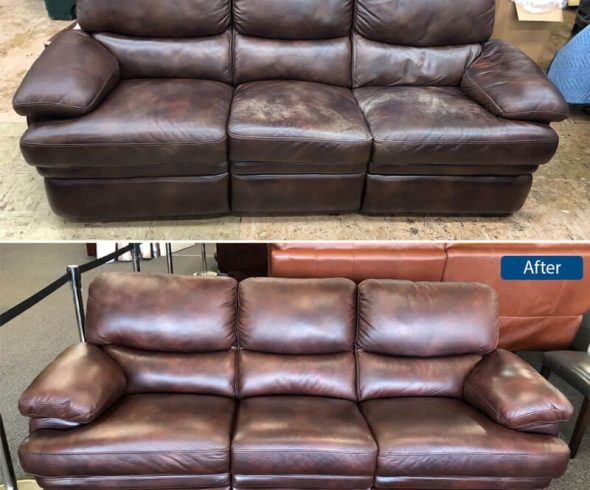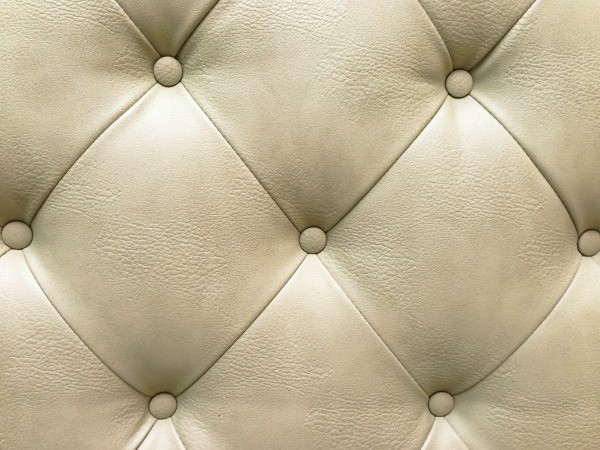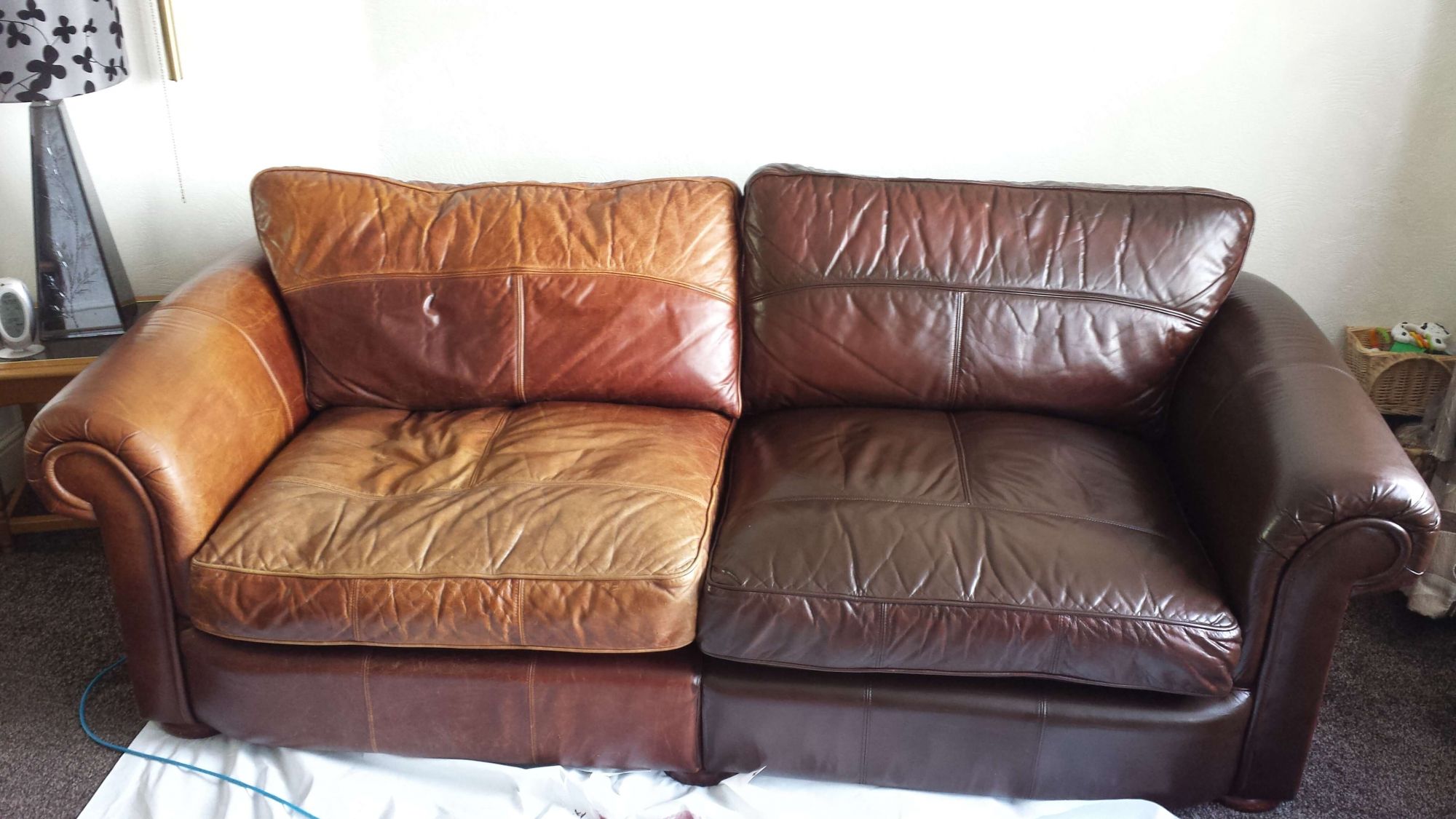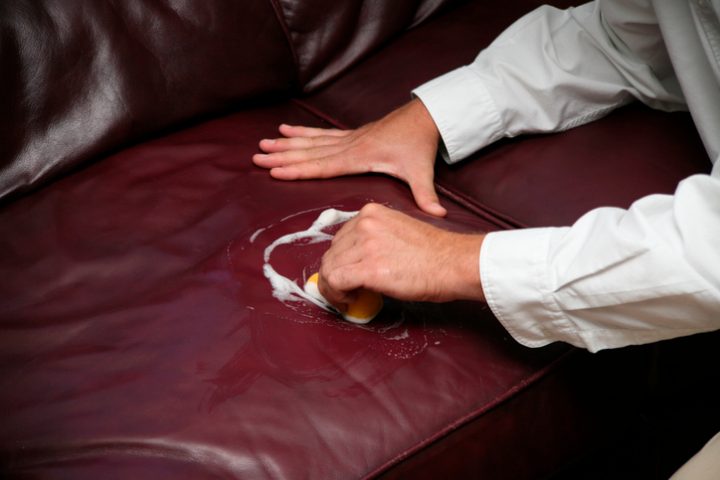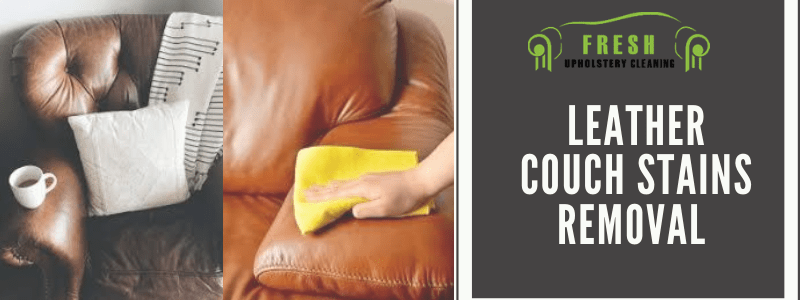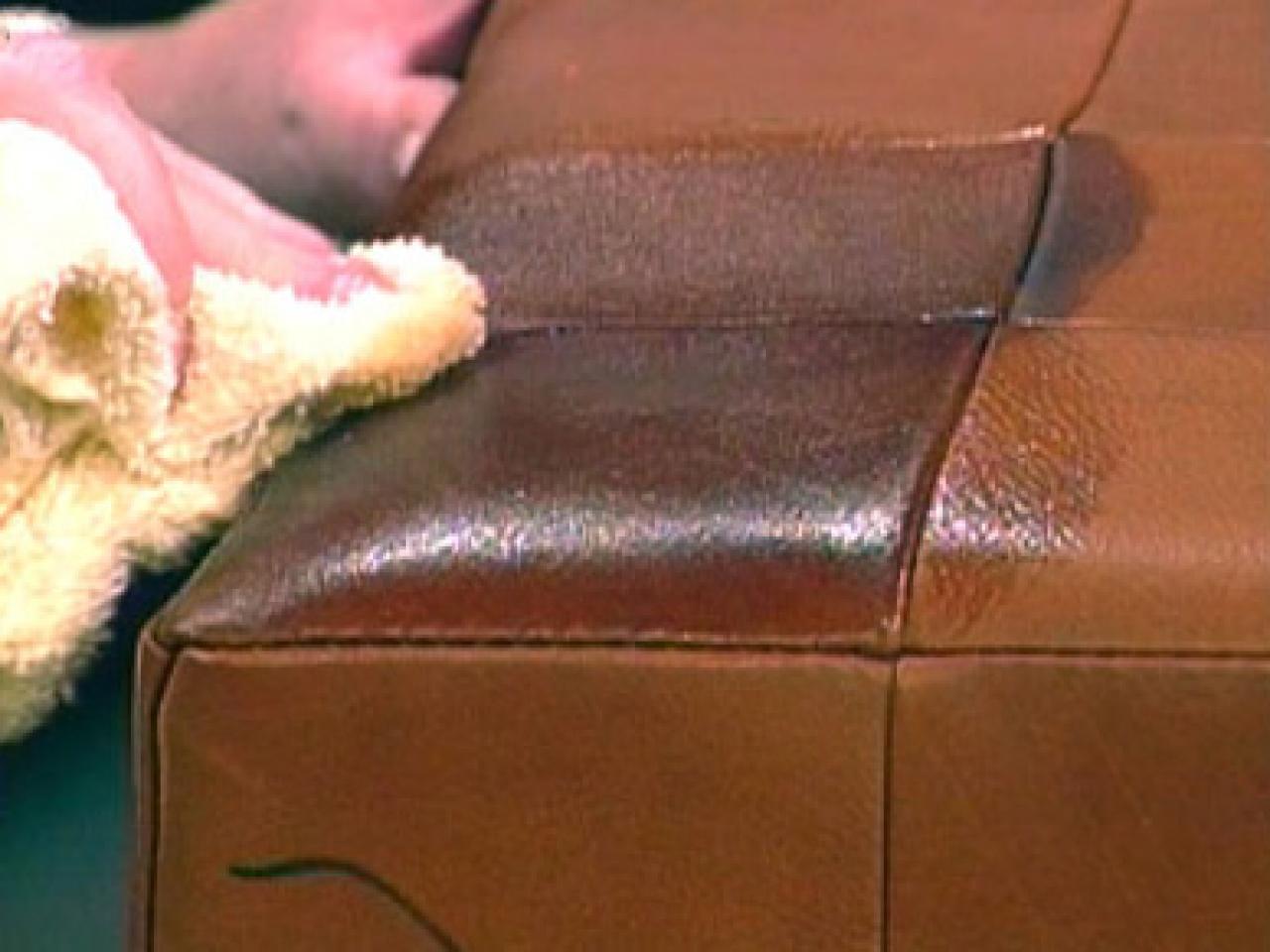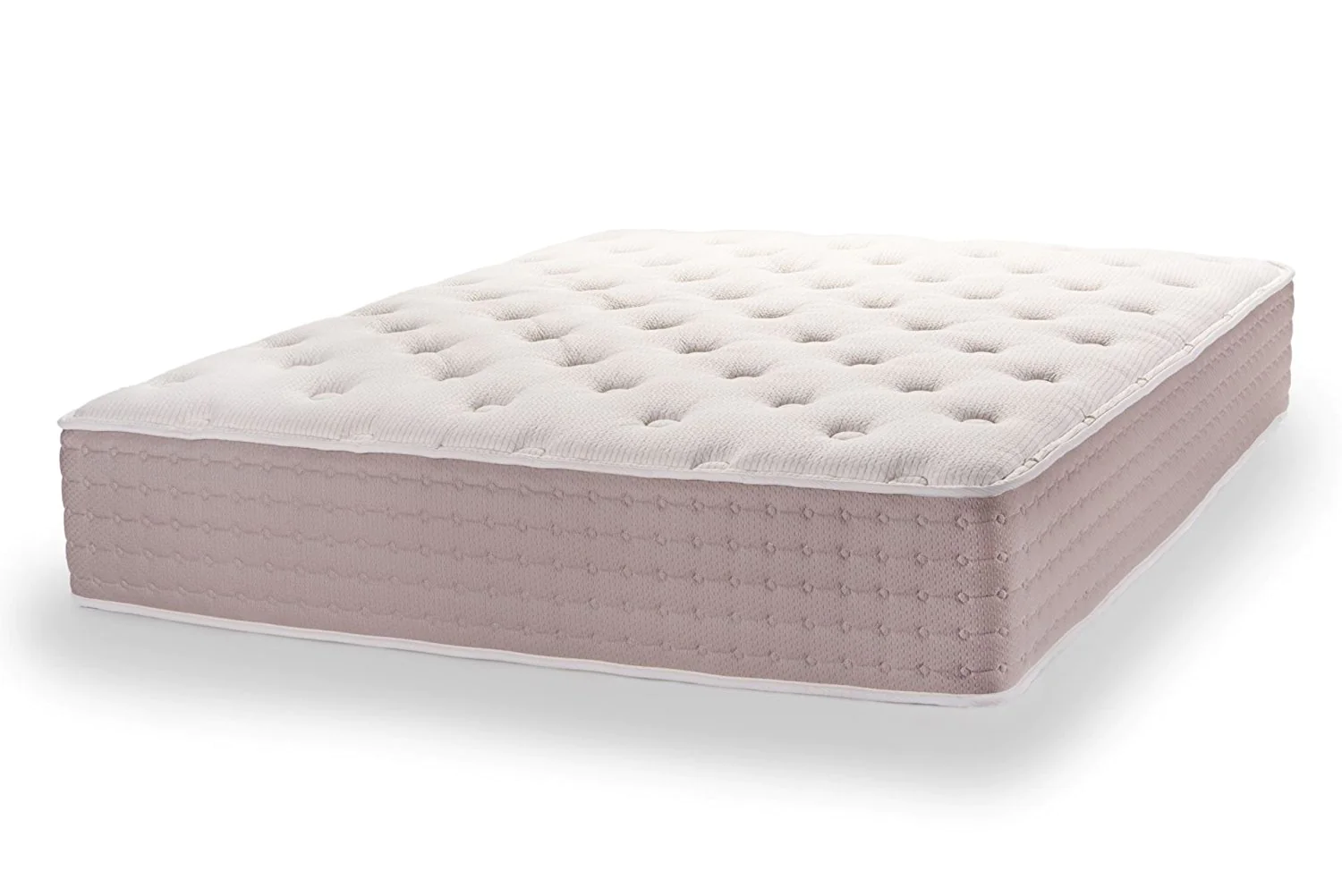Fixing a Leather Sofa: A Comprehensive Guide
If you have a leather sofa in your living room, chances are you love its luxurious look and feel. However, with use and time, leather sofas can experience wear and tear, making them look unsightly and uncomfortable. But don't worry, with the right knowledge and tools, you can easily fix any issues with your leather sofa and make it look as good as new. In this guide, we will discuss the top 10 methods to fix a leather sofa, including repairing tears, discoloration, sagging, scratches, burns, and stains. So, let's get started and give your leather sofa the TLC it deserves!
How to Repair a Torn Leather Sofa
One of the most common issues with leather sofas is tears or rips in the material. This can happen due to sharp objects, pet scratches, or regular wear and tear. To fix a torn leather sofa, you will need a leather repair kit, which you can easily find in most hardware stores. Start by cleaning the torn area with a leather cleaner and let it dry completely. Then, apply a leather adhesive to the edges of the tear and press them together. Once the adhesive has dried, use a leather patch to cover the tear and blend it in with the rest of the sofa. Finish off by applying a leather conditioner to keep the repaired area soft and supple.
DIY: Fixing a Discolored Leather Sofa
If your leather sofa has lost its color and looks dull and faded, you can easily bring it back to life with a DIY leather dye. Clean the sofa with a leather cleaner and let it dry completely. Then, using a sponge or a brush, apply the leather dye in thin layers, making sure to cover the entire surface evenly. Let each layer dry before applying the next one. Once you have achieved the desired color, let the sofa dry overnight and then seal it with a leather sealant. This will not only restore the color but also protect the leather from future damage.
5 Common Leather Sofa Problems and How to Fix Them
Apart from tears and discoloration, there are other common problems that leather sofas can face. These include scratches, sagging, burns, and stains. To fix scratches, use a leather conditioner or a colorless shoe polish to blend them in with the rest of the sofa. For sagging, you can use a piece of plywood or a cushion support under the cushions to provide extra support. Burns can be fixed by using a leather repair kit, similar to fixing tears. As for stains, different types of leather may require different cleaning methods, so it's best to consult a professional before attempting to remove them.
Leather Sofa Repair: Tips and Tricks
Repairing a leather sofa can seem like a daunting task, but with some handy tips and tricks, it can be a breeze. For small tears or scratches, you can use a mixture of equal parts vinegar and olive oil to buff out the damaged area. For stubborn stains, you can try using a mixture of lemon juice and cream of tartar. And to prevent future damage, make sure to regularly clean and condition your leather sofa, and avoid placing it in direct sunlight or near heat sources.
How to Fix a Sagging Leather Sofa
As mentioned earlier, sagging is a common problem with leather sofas, especially if they are old or have been used excessively. To fix a sagging leather sofa, you can use a leather cushion support, which is a sturdy mesh or fabric that goes under the cushions and provides extra support. You can also add some foam padding to the cushions to make them firmer. Another trick is to flip the cushions over every few months to distribute the wear evenly.
Leather Sofa Color Restoration: Step-by-Step Guide
If your leather sofa has lost its color and needs a complete restoration, you can follow these steps to achieve a professional result. Start by cleaning the sofa with a leather cleaner and let it dry completely. Then, using a sandpaper or a deglazing agent, remove the top layer of finish from the leather to prep it for dyeing. Next, apply a leather dye in thin layers, letting each layer dry before applying the next. Once you have achieved the desired color, seal the leather with a leather sealant. This process might take some time and effort, but the end result will be worth it.
Fixing Scratches on a Leather Sofa
Scratches on a leather sofa can be unsightly and ruin the overall look of the furniture. To fix scratches, you can use a leather conditioner or a colorless shoe polish to buff them out. You can also use a fine-grit sandpaper to lightly sand the scratched area and blend it in with the rest of the sofa. If the scratches are deep, you might need to consult a professional for a more thorough repair.
How to Repair a Burnt Leather Sofa
Accidents happen, and if your leather sofa has been burnt, don't worry, it can be fixed. Start by cleaning the burnt area with a leather cleaner and let it dry completely. Then, using a leather repair kit, fill in the burn mark with a leather filler and let it dry. Once it's dry, sand the area to even it out with the rest of the sofa. Next, apply a leather dye in thin layers to match the color of the sofa. Finish off by sealing the leather with a leather sealant to protect it from further damage.
Leather Sofa Stain Removal: Easy Solutions
Stains can be a nightmare to deal with, especially on a leather sofa. But there are some easy solutions that can help you remove stains without damaging the leather. For oil-based stains, you can sprinkle some cornstarch on them and let it sit for a few hours before wiping it off. For water-based stains, you can use a mixture of equal parts vinegar and water to dab on the stain and then wipe it off. For tougher stains, you can try using a leather cleaner or consult a professional for specialized cleaning methods.
Bringing Life Back to Your Leather Sofa: Tips to Fix and Prevent Orange Discoloration

Understanding the Problem
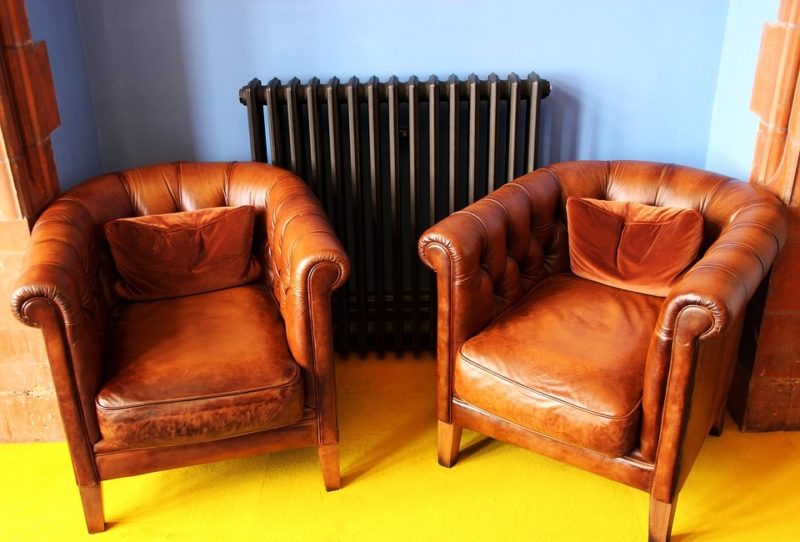 If you've noticed your once beautiful leather sofa now has an unsightly orange discoloration, don't panic. This is a common problem that many homeowners face with leather furniture. The good news is, there are ways to fix and prevent this issue so you can continue to enjoy your stylish and comfortable sofa for years to come.
If you've noticed your once beautiful leather sofa now has an unsightly orange discoloration, don't panic. This is a common problem that many homeowners face with leather furniture. The good news is, there are ways to fix and prevent this issue so you can continue to enjoy your stylish and comfortable sofa for years to come.
Causes of Orange Discoloration
 The most common cause of orange discoloration on leather is exposure to sunlight. UV rays can cause the color pigments in leather to break down, resulting in a faded and orange hue. Another cause could be from regular wear and tear, as the oils from our skin can also cause discoloration over time.
Fixing the Problem
The key to fixing orange discoloration on your leather sofa is to act quickly. The longer the discoloration sits, the harder it will be to remove. Start by using a leather cleaner to gently scrub the affected area. Be sure to use a cleaner specifically designed for leather and avoid harsh chemicals that can further damage the material.
If the discoloration is stubborn, try using a small amount of rubbing alcohol on a clean cloth to gently rub the affected area. This should help to lift the discoloration without causing any damage to the leather. Once you have removed the orange hue, be sure to condition the leather to restore its natural oils and keep it looking fresh.
Preventing Future Discoloration
To prevent your leather sofa from turning orange in the future, there are a few simple steps you can take. Firstly, avoid placing your sofa in direct sunlight or near heat sources, as this can cause the leather to dry out and fade. You can also invest in a leather protector spray to add an extra layer of protection against UV rays.
Regularly cleaning and conditioning your leather sofa can also help to prevent discoloration. This will keep the material moisturized and prevent oils from building up and causing damage.
The most common cause of orange discoloration on leather is exposure to sunlight. UV rays can cause the color pigments in leather to break down, resulting in a faded and orange hue. Another cause could be from regular wear and tear, as the oils from our skin can also cause discoloration over time.
Fixing the Problem
The key to fixing orange discoloration on your leather sofa is to act quickly. The longer the discoloration sits, the harder it will be to remove. Start by using a leather cleaner to gently scrub the affected area. Be sure to use a cleaner specifically designed for leather and avoid harsh chemicals that can further damage the material.
If the discoloration is stubborn, try using a small amount of rubbing alcohol on a clean cloth to gently rub the affected area. This should help to lift the discoloration without causing any damage to the leather. Once you have removed the orange hue, be sure to condition the leather to restore its natural oils and keep it looking fresh.
Preventing Future Discoloration
To prevent your leather sofa from turning orange in the future, there are a few simple steps you can take. Firstly, avoid placing your sofa in direct sunlight or near heat sources, as this can cause the leather to dry out and fade. You can also invest in a leather protector spray to add an extra layer of protection against UV rays.
Regularly cleaning and conditioning your leather sofa can also help to prevent discoloration. This will keep the material moisturized and prevent oils from building up and causing damage.
Conclusion
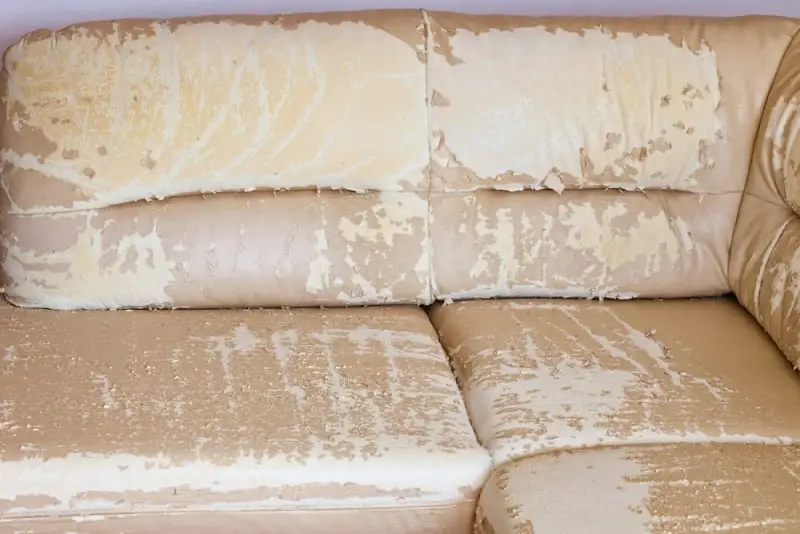 Leather sofas are a timeless and luxurious addition to any home, but they require proper care to maintain their beauty. By understanding the causes of orange discoloration and taking preventative measures, you can keep your leather sofa looking like new for years to come. And if you do encounter any discoloration, remember these tips to quickly fix the problem and restore your sofa's vibrant color.
Leather sofas are a timeless and luxurious addition to any home, but they require proper care to maintain their beauty. By understanding the causes of orange discoloration and taking preventative measures, you can keep your leather sofa looking like new for years to come. And if you do encounter any discoloration, remember these tips to quickly fix the problem and restore your sofa's vibrant color.

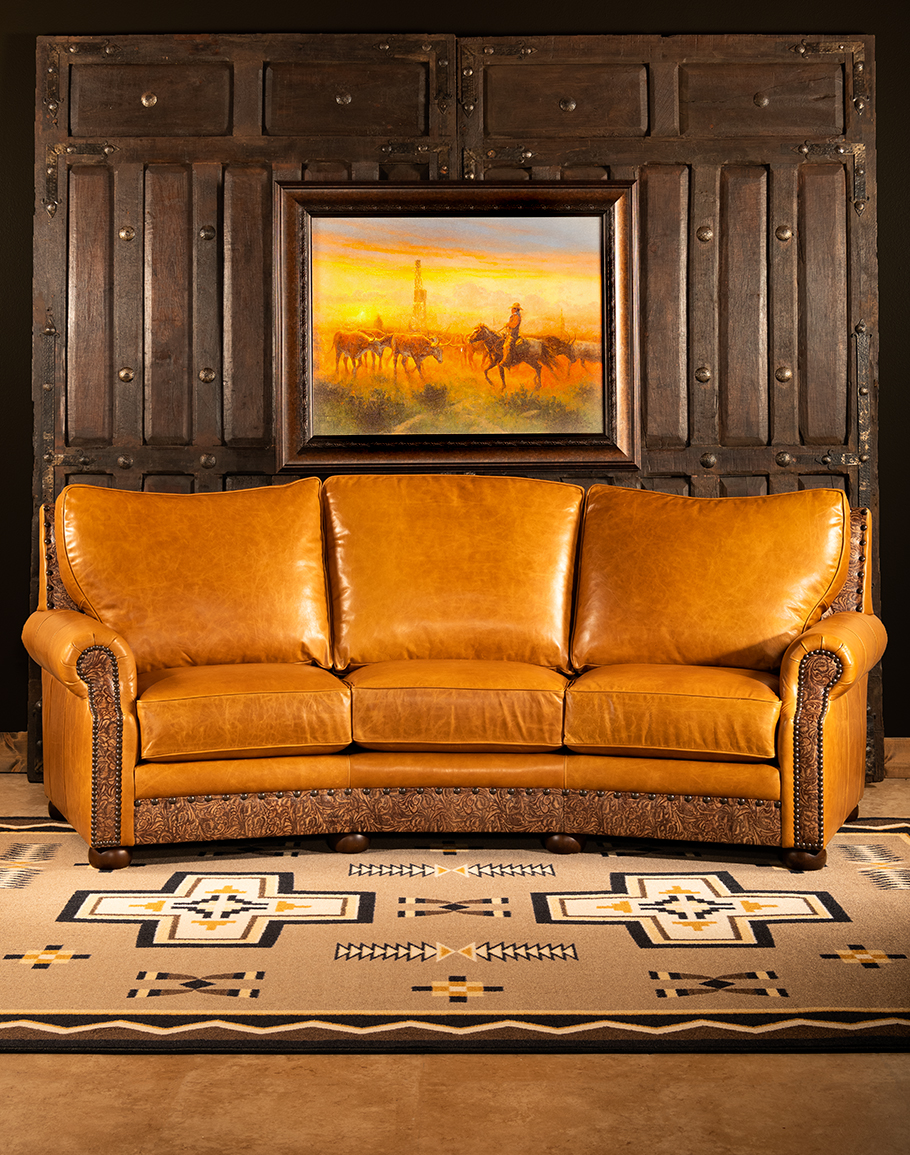
.jpeg?w=1700&h=2550)


